Wikipedia

The CH-53 Sea Stallion (Sikorsky S-65) is an American family of heavy-lift transport helicopters designed and built by the American manufacturer Sikorsky Aircraft.
It was originally developed in response to a request from the United States Navy's Bureau of Naval Weapons made in March 1962 for a replacement for the Sikorsky CH-37 Mojave helicopters flown by the United States Marine Corps (USMC). In July 1962, Sikorsky's proposal, which was basically a scaled-up S-61R fitted with twin General Electric T64 turboshaft engines and the dynamic system of the S-64/CH-54, was selected. On 14 October 1964, the YCH-53A performed its maiden flight; the first deliveries of production CH-53s to operational units commenced on 12 September 1966. The first combat use of the type occurred during the following year when it was deployed to the Vietnam theatre; the CH-53 quickly proved its value for moving heavy payloads, particularly in the recovery of damaged aircraft.
Several variants of the type were promptly introduced. The United States Air Force introduced the HH-53 "Super Jolly Green Giant", configured for special operations and combat search and rescue (CSAR) missions, during the latter part of the Vietnam War; the majority of these were subsequently rebuilt into the MH-53 Pave Low. The dimensionally-similar CH-53E Super Stallion is a heavier-lifting improved version of the rotorcraft, designated S-80E by Sikorsky; its third engine makes it more powerful than the Sea Stallion and thus displaced it for the heavy-lift mission. Furthermore, many early-build CH-53s were refitted with more powerful engines, while others were reconfigured for different mission roles, such as US presidential flights, training, and airborne mine countermeasures (AMCM) operations.
Several export deals for the CH-53 were made, leading to several international operators of the type. Amongst the most prolific of these are Germany, Iran, and Israel. Several unusual or high-profile operations have been undertaken, such as the capture and transportation of a Soviet advanced radar system to Israel under Operation Rooster 53 in 1969, Iran's capture of five American CH-53s as a result of Operation Eagle Claw in 1980. Various operators deployed their CH-53s during international missions, often under the auspices of NATO or the United Nations, such as for UNSCOM in Iraq, in Kosovo with KFOR and IFOR in Bosnia and Herzegovina, and the ISAF in Afghanistan. While several operated have opted to retain the type into the twenty-first century, numerous operators others have opted to supplement or withdraw their Sea Stallions in favour of other platforms, sometimes with the more powerful CH-53E.
US Naval Service
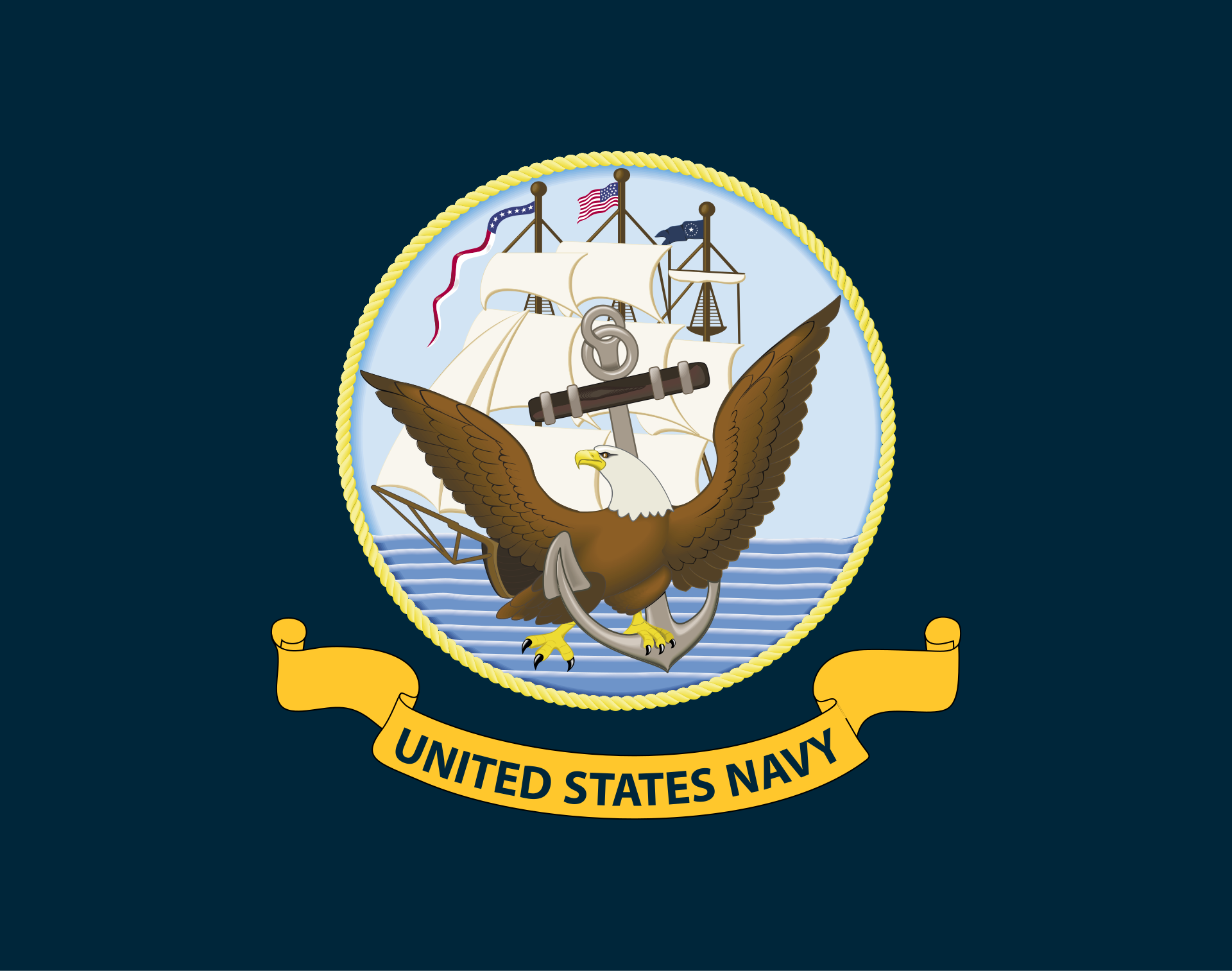
The CH-53/HH-53 has seen considerable use in warzones and served in various conflict during its service. It was first used in the Vietnam War, often recovering downed aircraft and evacuating personnel. The CH-53D served alongside the CH-53A through the latter portion of the US's presence in Vietnam; both types played a critical role at the end of the conflict, performing evacuations of personnel during Operation Frequent Wind.[8]
U.S. Air Force HH-53 Super Jolly Green Giants were the primary search-and-rescue helicopter in Southeast Asia between 1967 and 1975, inserted the Operation Ivory Coast rescue team into the North Vietnamese prison camp at Son Tay in 1970, and carried the USMC and Air Force Security Forces who attempted to rescue the crew of SS Mayagüez.[9][8][10] Marine-flown Navy Sea Stallions were the rotary-wing element of Operation Eagle Claw, the attempted rescue of American hostages in Iran in 1980 that ended in disaster and embarrassment at "Desert One".[11][12] Marine CH-53s were used in Grenada during Operation Urgent Fury.[13]
The CH-53 was operated by the Air Force, United States Marine Corps and U.S. Navy in support of Operation Iraqi Freedom. It is also operated by all three services in support of Operation Enduring Freedom in Afghanistan. It was in the Afghan theatre than the final operational missions of the CH-53D fleet were performed during February 2012.[14]
On 17 September 2007, VMM-263 of the USMC was deployed with ten MV-22B Ospreys, a tiltrotor aircraft.[15] The V-22 has been the primary replacement for the USMC's fleets of CH-53Ds and CH-46E Sea Knights, but not the more powerful CH-53Es; instead, the in-development CH-53K is planned to supplant the Navy and USMC CH-53E fleets.[16][17]
During September 2011, HMH-463 replaced its CH-53Ds with CH-53Es. HMH-363 and HMH-362 are to operate D-models until the squadrons are deactivated. Both units are to be reactivated as MV-22 and CH-53K squadrons respectively. Several CH-53D helicopters will be retained for the 3rd Marine Regiment for training.[18][19] HMH-362 retired the last CH-53Ds after its combat deployment in August 2012 and decommissioned in November 2012.
Extras
Specifications
General Characteristics
- Created On iOS
- Wingspan 51.6ft (15.7m)
- Length 67.1ft (20.5m)
- Height 17.9ft (5.5m)
- Empty Weight 15,259lbs (6,921kg)
- Loaded Weight 17,612lbs (7,989kg)
Performance
- Power/Weight Ratio 8.436
- Wing Loading N/A
- Wing Area 0.0ft2 (0.0m2)
- Drag Points 10069
Parts
- Number of Parts 91
- Control Surfaces 0
- Performance Cost 637

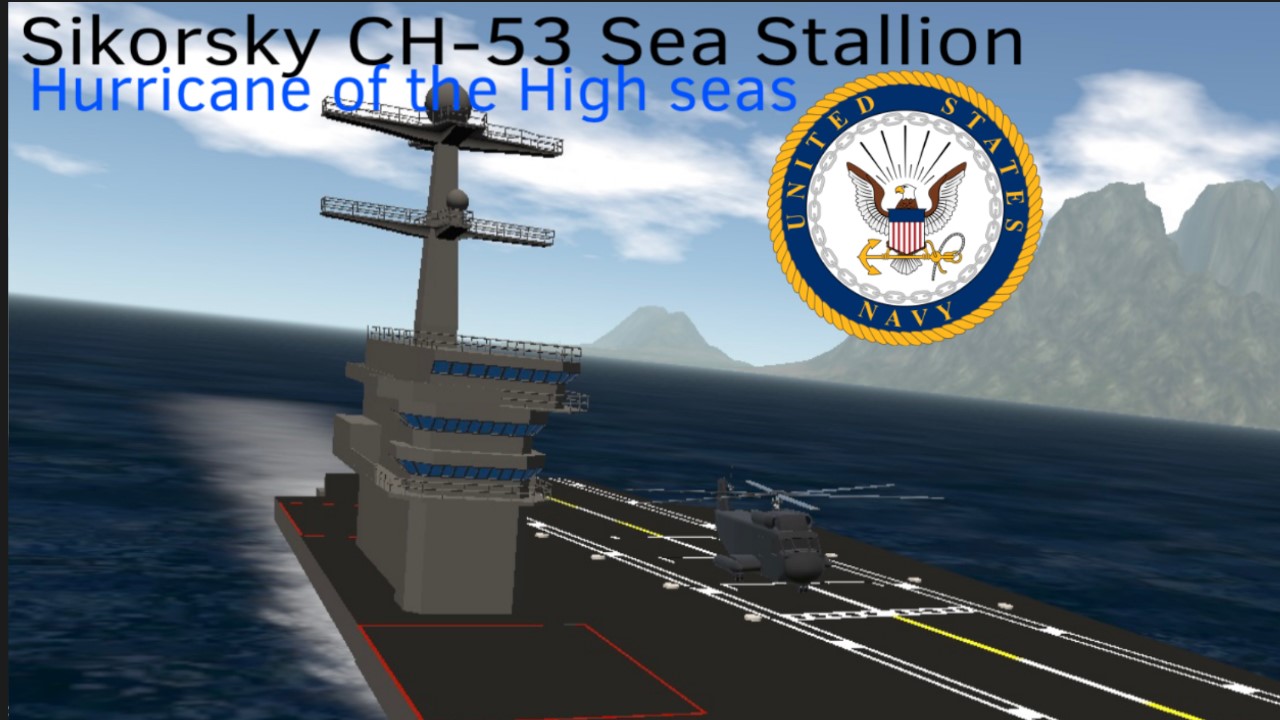
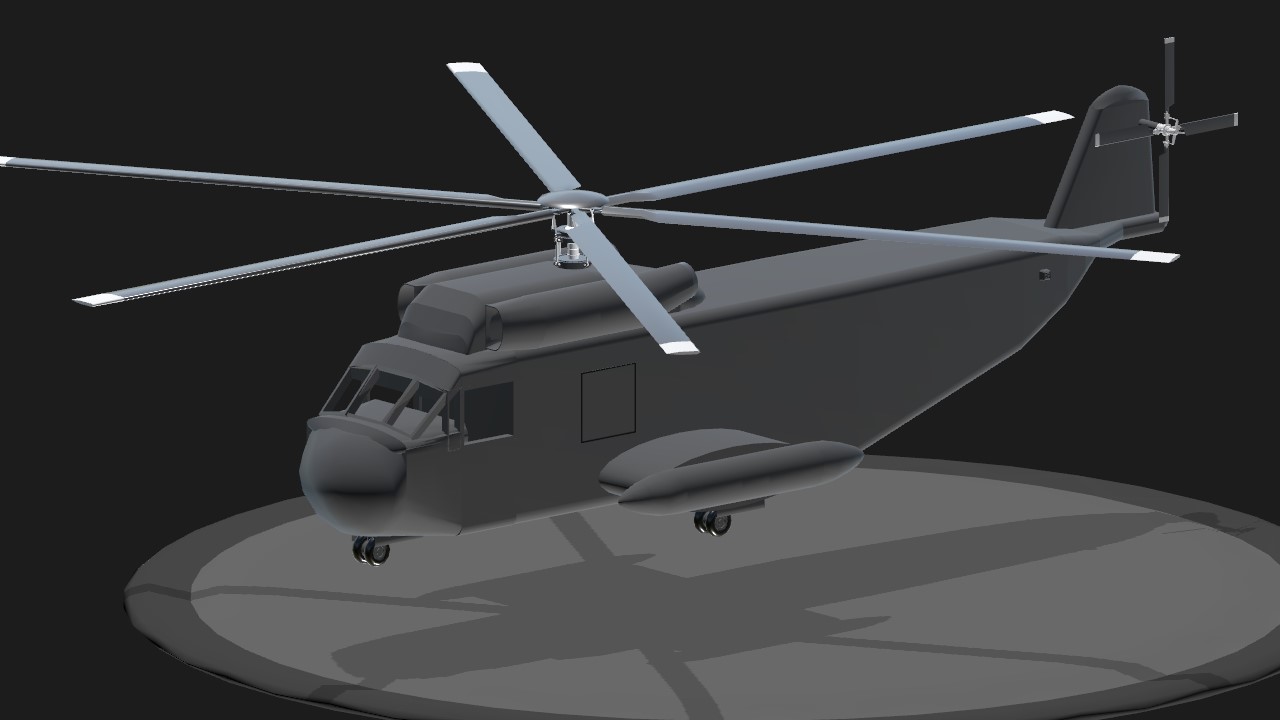

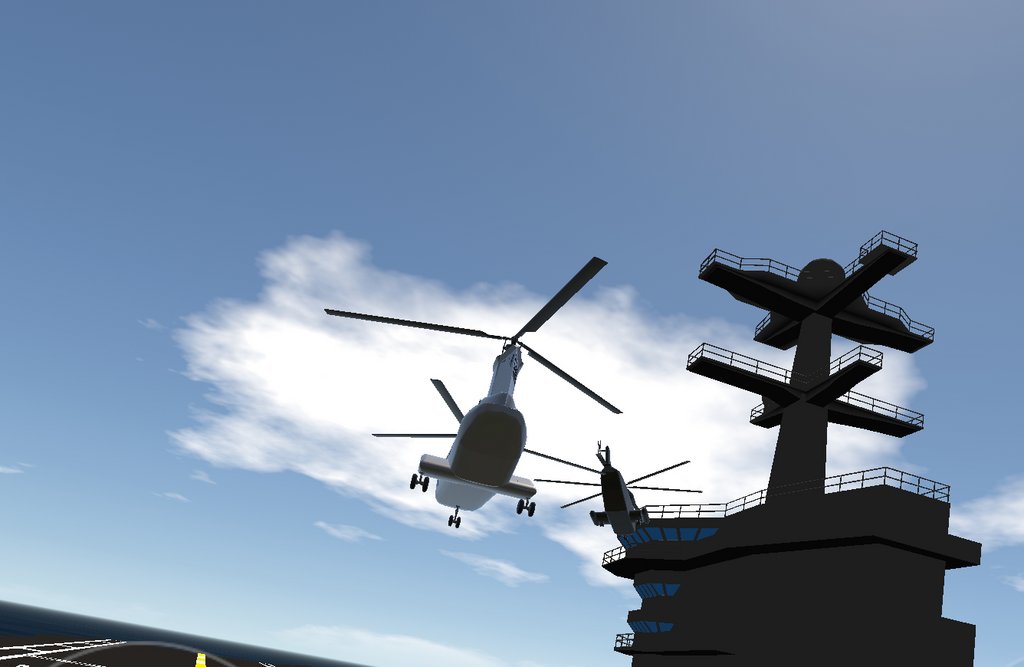
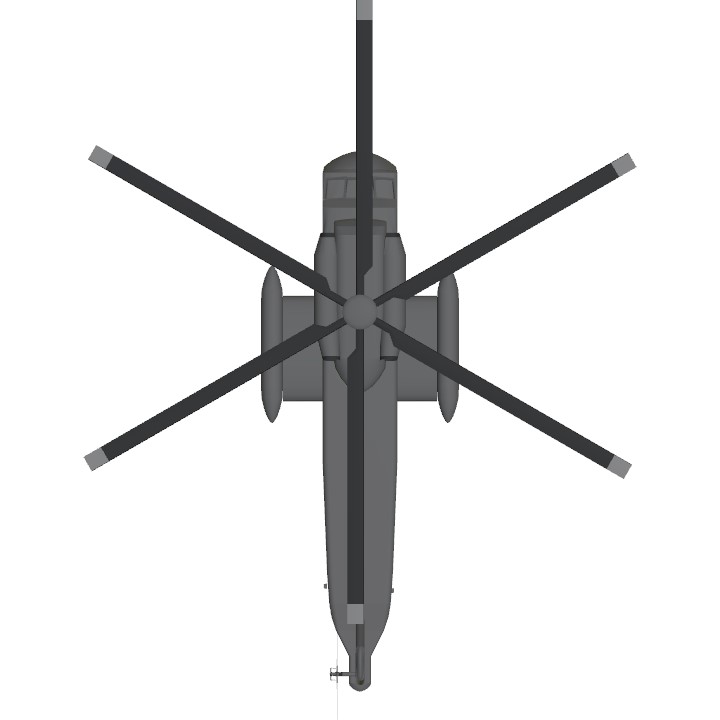
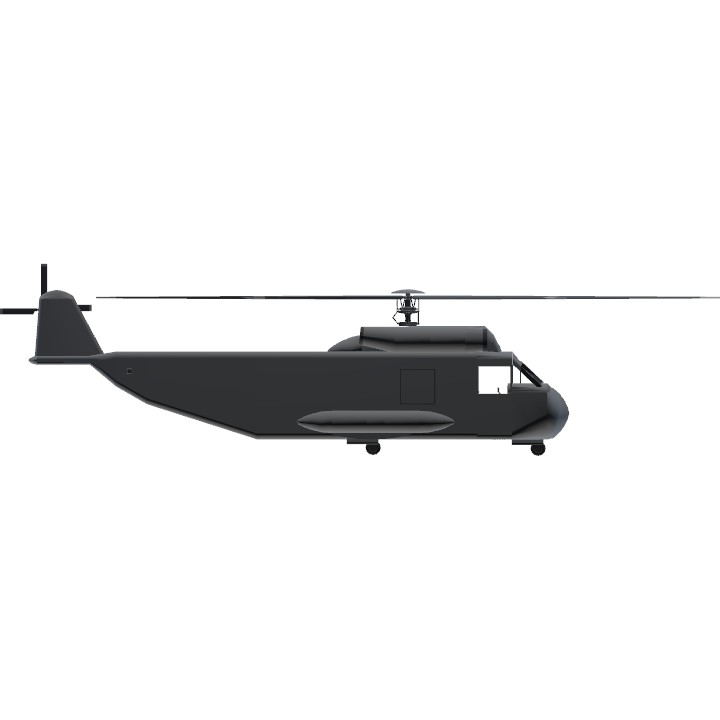
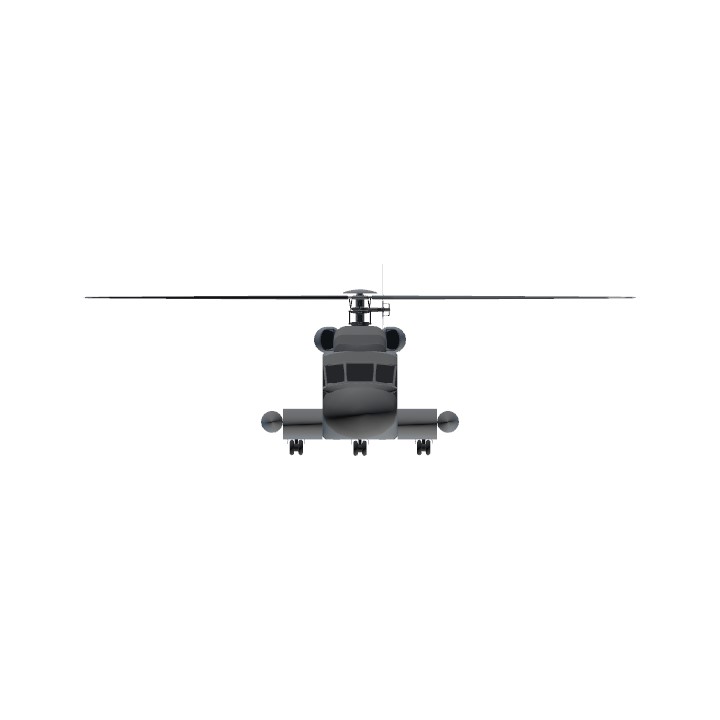
I saw one of these a few weeks ago at an airport. I